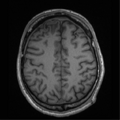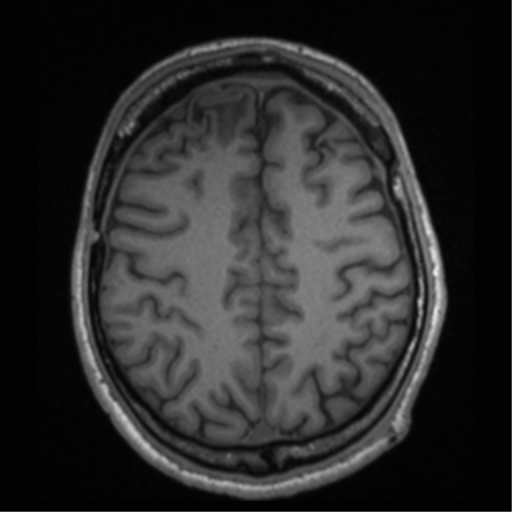File:Cerebral hemorrhagic contusions- temporal evolution (Radiopaedia 40224-42757 Axial T1 57).png
Jump to navigation
Jump to search
Cerebral_hemorrhagic_contusions-_temporal_evolution_(Radiopaedia_40224-42757_Axial_T1_57).png (512 × 512 pixels, file size: 183 KB, MIME type: image/png)
Summary:
| Description |
|
| Date | Published: 20th Oct 2015 |
| Source | https://radiopaedia.org/cases/cerebral-haemorrhagic-contusions-temporal-evolution |
| Author | Bruno Di Muzio |
| Permission (Permission-reusing-text) |
http://creativecommons.org/licenses/by-nc-sa/3.0/ |
Licensing:
Attribution-NonCommercial-ShareAlike 3.0 Unported (CC BY-NC-SA 3.0)
File history
Click on a date/time to view the file as it appeared at that time.
| Date/Time | Thumbnail | Dimensions | User | Comment | |
|---|---|---|---|---|---|
| current | 19:25, 27 July 2021 |  | 512 × 512 (183 KB) | Fæ (talk | contribs) | Radiopaedia project rID:40224 (batch #6977-233 E57) |
You cannot overwrite this file.
File usage
The following 2 pages use this file:
